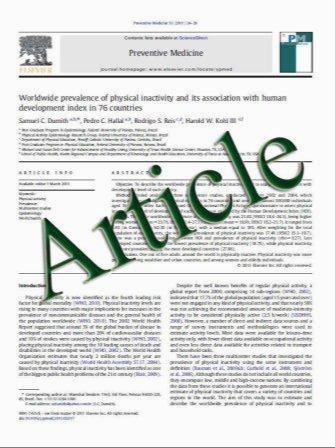The anterior trochlear line as a reference for femoral component positioning in total knee arthroplasty
- نوع فایل : کتاب
- زبان : انگلیسی
- مؤلف : Kazuki Morizane • Toshiaki Takahashi • Fumihiko Konishi • Haruyasu Yamamoto
- چاپ و سال / کشور: 2011
Description
Purpose A new radiographic method using the anterior and posterior femoral condyles as a landmark to determine the rotational alignment of the femoral component in TKA had been developed. Methods The new radiograph presents an axial view of the distal femur. The patients were asked to lie in the supine position and flex the knee approximately 120 to 130. Radiographs were applied at an inclination angle of 20 to 30. The condylar twist angle (CTA), the external rotational angle between the posterior condylar (PC) line and the clinical transepicondylar axis (TEA), and the trochlear line angle (TLA), and the internal rotational angle between the anterior trochlear line and the clinical TEA were measured. Images were taken of 129 knees in 87 patients with osteoarthritis of the knee. The measurement values obtained using our method with those obtained using 3D reconstructed images from a 3-dimensional helical CT system (n = 35) were compared. Results The average CTA was 5.7 ± 2.8 and the average TLA was -5.6 ± 3.2. The CTA was negatively correlated with the tibiofemoral angle (TFA). The average TLA was positively correlated with the TFA. The average difference between the TLA values obtained with this view and those obtained using the 3D-CT was 0.5 ± 1.6. The relationship between the radiograph and 3D-CT in TLA was higher than that in CTA. Conclusions This radiographic technique allows easy and simultaneous measurement of the CTA and TLA and may provide an alternative method for assessing the TEA of the femur during preoperative planning for TKA. Level of evidence II.
Knee Surg Sports Traumatol Arthrosc DOI 10.1007/s00167-011-1401-8 Received: 26 March 2010 / Accepted: 13 January 2011


